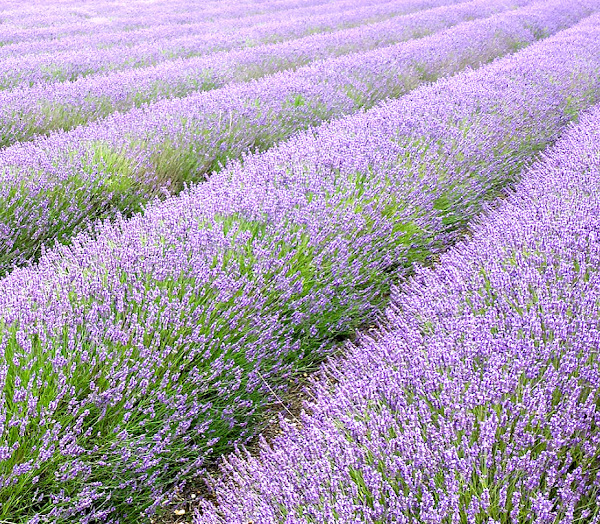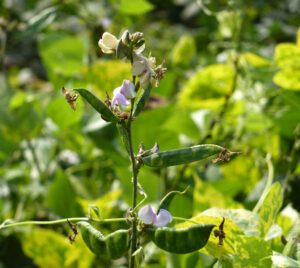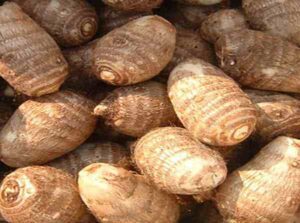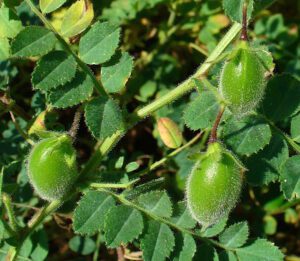Commercial lavender farming is a very old and popular business in many areas around the world. It’s very easy to start lavender production and it’s a highly profitable business for making money.
Lavender is actually a beautiful herb and it is relatively easy to grow in right growing conditions. You can make good amount of money from commercial lavender farming.
Lavandula is a genus of 47 known species of flowering plants in the mint family, Lamiaceae. It is native to the Old World and is found in Cape Verde and the Canary Islands, and from Europe across to northern and eastern Africa, the Mediterranean, Southwest Asia to India.
Many members of the Lavandula genus are cultivated extensively in temperate climates as ornamental plants for garden and landscape use. And also used as culinary herbs, and also commercially for the extraction of essential oils.[1]
The most widely cultivated species is Lavandula angustifolis which is often referred to as lavender, and there is a color named for the shade of the flowers of this species.
However, lavender has been used over centuries in traditional medicine and cosmetics. And a limited clinical trials support therapeutic use of lavender for pain, hot flushes and postnatal pereneal discomfort.
However, commercial lavender farming can be a good business for making money. You can sell fresh or dried lavender or create fragrant sachets, lotions, teas, soaps, medicines, essential oils, flavorings and many more products. Here we are trying to describe more about this business.
What Is Lavender Farming?
Before going depth of this guide, let us first explain ‘what is lavender farming’. Actually, lavender farming is the process of cultivation and harvesting of lavender plants for producing flowers and essential oil.

How to Start Lavender Farming Business?
Starting commercial lavender farming business is very easy and simple. You can start this business easily and make profits, even if you are a beginner. Although, we recommend having practical training from existing farmers if you are a beginner.
However, here we are trying to describe more information about starting and operating successful lavender farming business from planting, caring to harvesting and marketing.
Step 1. Site Selection
Light well-aerated dry and calcareous soils with slopes rich in organic matter are considered best for lavender farming business. Lavender plants are very sensitive to waterlogging.
The ideal soil pH for getting higher essential oil ranges from 7 to 8.3. The best thing about lavender is, it can be cultivated even on poor soils and eroded soils.

Step . Land Preparation
Preparing the land perfectly is very important for commercial lavender farming business. Prepare the land by giving 2-3 deep ploughings for removing any weeds, plants and also for bringing the soil to the fine tilth stage.
Add as much organic fertilizers as you can while preparing the land. You can add well-decomposed farmyard manure to enrich soil fertility.
Step 3. Climate Requirement
The ideal climatic conditions for lavender farming are cool winters and cool summers. Lavender is a temperate plant and can tolerate drought and frost conditions.
You can expect more yields when cultivated at higher altitudes. The lavender crop require good sunlight. And in case of poor lighting conditions, you can observe less yield of flowers and reduced essential oil content.
Step 4. Choose Varieties/Cultivars
There are numerous varieties available for commercial production of lavender. Most of these varieties have the signature purple buds, but there is also pink lavender, red lavender and white lavender.
Some popular and common varieties for commercial production are Lavandin, English Lavender, French Lavender, Spanish Lavender, Spike Lavender and Wooly Lavender.

You can consult with the existing farmers in your area for having better recommendation while choosing the right variety for your production.
Step 5. Propagation
Propagation of lavender can be done in many different ways. But remember, lavender is difficult to grow from seeds. Because the seeds generally require 5 weeks of cold stratification before planting. And require around 6 months before the seedling grows to transplant size.
So, the easiest ways for lavender propagation are purchasing lavender seedlings or taking cuttings from existing plants.
Colorado State University Extension suggests taking cuttings from stems with no flower buds on them just after the lavender plant has bloomed. Remove leaves from the bottom half, and put the lavender cutting into well-draining sterile potting soil or vermiculite.
Keep the cuttings watered, and they should root in about three weeks. Transplant these rooted lavender cuttings into 2- to 4-inch pots. Once they have developed strong roots, plant the lavender seedlings in the garden.
Step 6. Planting
Lavender plants like space to grow. So, depending on the size of the lavender variety, space them 2 to 3 feet apart within the row with 3 to 6 feet between the rows. And you must have to plant the seedlings in full sun.
The plant density of 20,000 per hectare produces the highest yield. Earthing up of soil should be carried out around the seedlings for the root establishment.
Step 7. Caring
The lavender plants generally grow easily without much caring. Although, taking additional caring will help the plants to grow well and produce more. Here we are trying to describe the common caring process.
Fertilizing
The lavender crop generally responds very well to fertilizers. The recommended N, P and K are 100kg, 40kg, and 40kg per hectare. Use 20kg of N, full dose of P and K 20kg as a basal application. The remaining 80kg of N should be applied in four splits 2 doses during each year.
Watering/Irrigation
For commercial lavender farming, providing adequate watering or irrigation is very important. In commercial production, irrigation should be provided for the first 2 years until the crop has been established. Irrigation should be provided at crucial stages of plant growth in the case of lighter soils and low rainfall regions.
You must ensure proper irrigation during the flower initiation. Try to avoid overhead irrigation (such as sprinkler irrigation) as it can increase disease problems. Try to adopt drip irrigation instead, because this system can save water and control weed growth.
Overwintering
Having been developed along the Mediterranean Sea, lavender is not accustomed to cold weather and snow. If you have difficult winters, protect your lavender plants with heavy mulch, fabric row covers and wind blocks.
Mulching
Typical organic mulches are not good for lavender, because of the plant’s susceptibility to mold and fungus. Black landscape febric is a smart weed barrier for growing lavender plants.
Mulching lavender with white sand or white stones may increase the plant’s production of oils and flowers while keeping down weeds and reducing fungus infections.
Weeding
Controlling weeds is very important in commercial lavender farming business. Because weeds consume nutrients from the soil and the lavender plants will suffer.
Frequent weeding and hoeing are required to keep the field weed free. 1-2 hoeing are required after 30-50 days of sowing to control the weeds. Mulching is also an effective way to reduce soil temperature along with weed control.
Intercultural Operations in Lavender Farming
Flower buds of lavender plants should be pruned off during the first two years period to help the plants to develop a strong framework.
Step 8. Control Pests and Diseases
Very few pests occur on lavender and no serious diseases reported in lavender farming business. Although, you can consult with an expert in your area if you notice any problem.
Step 9. Harvesting
Generally, the lavender plants start flowering earlier in warmer and low altitude regions and flowering starts late in high slopes. As a part of harvesting, flowers should be cut with a stem length of 10cm.

Use scissors for harvesting lavender by the stem (just under the first set of leaves) in the morning, when the oils are the most concentrated. Lavender is best harvested when approximately half of the flower buds have opened.
Step 10. Preserving, Storing and Drying Lavender
There are several ways you may choose to package or preserver your lavender if you’re planning to sell it at the farmers market or via wholesale. Perhaps the easiest method is dried lavender.
Lavender dries well in bundles of 50 to 100 stems secured with rubber bands. Hang the lavender bundles in a cool, dark place with good air circulation for seven to 14 days.
Yield
The oil quality and yield depend on variety, soil, agro-climatic conditions, and the process of distillation. Under optimal medicinal/herbal cultivation practice, you can obtain a yield of 15kg per hectare with an oil content range of 1.2% to 1.5%.
Step 11. Marketing
Marketing lavender products is very easy and simple. Lavender products have huge demand and value in the market. So you will be able to sell your products easily. Although, we recommend determining your marketing strategies first before starting this business.
These are the common steps and ways for starting and operating a successful lavender farming business. Hope this guide has helped you! Good luck and may God bless you!






